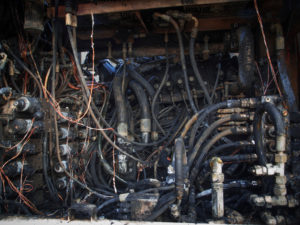WARREN Welcomes Mechanical Engineer Bob Hickman, P.E.
Leave a CommentPlease join us in welcoming Mechanical Engineer Bob Hickman, P.E., to the WARREN family! Bob has over 30 years of manufacturing and machine design experience in production and quality-driven environments. Bob holds a Bachelor of Science in Mechanical Engineering from Clemson University.
Bob’s Areas of Expertise Include:
-Machine Safeguarding
-Machine Design
-Equipment Failure
-Mechanical Engineering
-Industrial Accident Investigation
-Codes & Standards
-Machinery & Equipment Damage Assessment
-Products Liability (more…)



